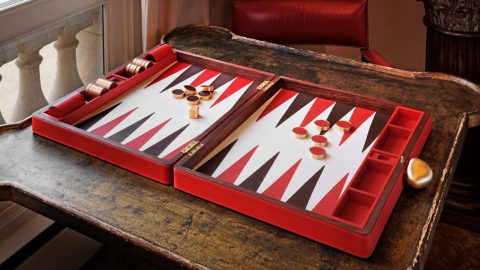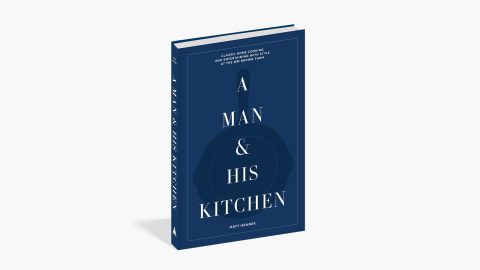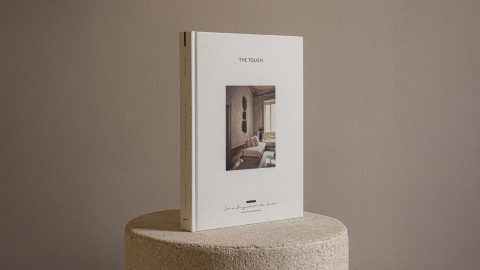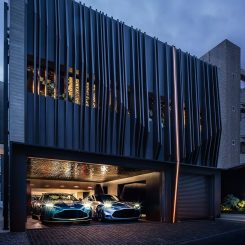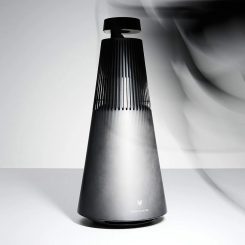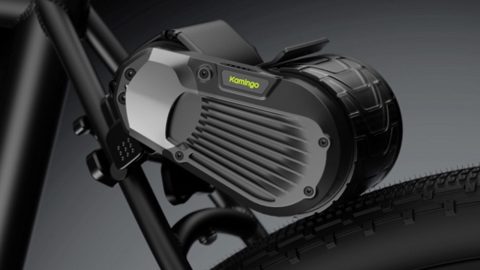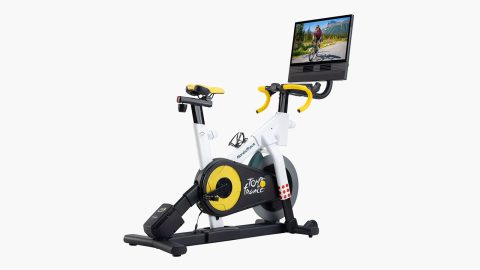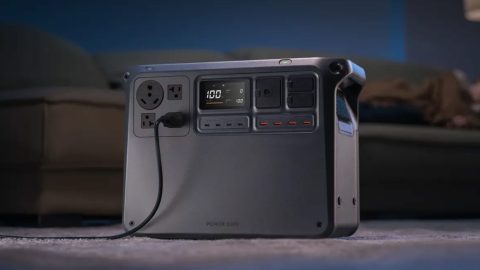Paul Reed Smith Guitars
March 9, 2017
byNicolas Ruibal
-
Culture Master Classic Home Meals Without Breaking A Sweat
Pantry hacks, pro cooking tips, and zero waste philosophy.
-
Culture This Richard Mille Book May Cause Extreme Watch Lust
The holy grail of watches, between two covers.
-
Culture Step Inside The World’s Most Sensory-Driven Interiors
Your guide to designing with all five senses.
-
Culture Svein Tuft Lived Wild—Now He’s Telling The Whole Story
The wildest cycling memoir you’ll ever read.


